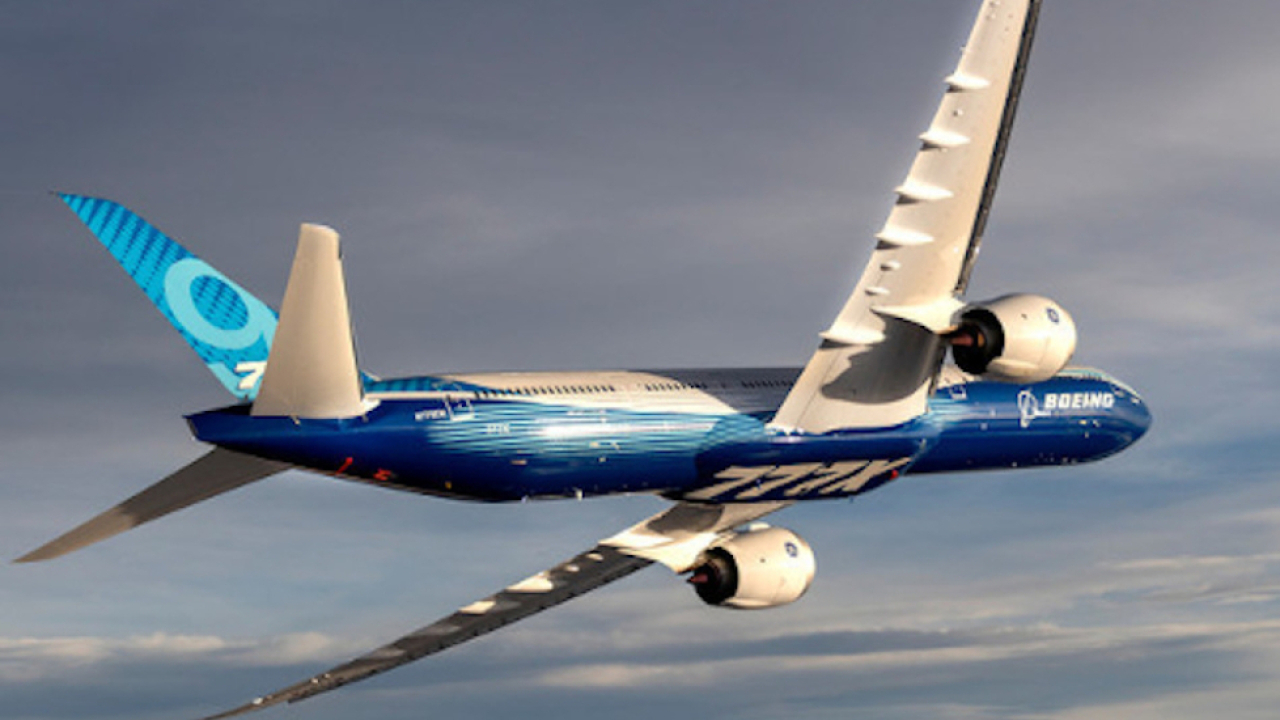MRJ set to muscle in on crowded jet marketplace

The regional jet market is likely to become one of the most hotly-contested sectors of the airliner industry within the next two to three years as several new aircraft reach the marketplace.
The Sukhoi Superjet, Bombardier CSeries, Comac ARJ21 and Mitsubishi Regional Jet (MRJ) will all be contesting orders along with the highly-successful Embraer ‘E-Jet’, of which almost 1,000 examples have already been delivered or are on firm order.
It will be a tough marketplace, especially for newcomer Comac (unproven) and Sukhoi (better-known for military aircraft). MRJ will also be carefully scrutinised by potential purchasers, as it last produced a large commercial aircraft – as part of the Nihon Aircraft Manufacturing Corporation consortium – in 1974 when the last NAMC YS-11 twin turboprop rolled off the production line.
Since then Mitsubishi Heavy Industries (which has a 64 per cent stake in Mitsubishi Aircraft, set up in 2008 to develop the MRJ) has been heavily involved in producing major sub-assemblies as a Tier 1 supplier for Boeing, but producing a complete airliner takes it into new territory. First metal for the MRJ was cut last September.
Mitsubishi Aircraft initially plans two versions of the aircraft – the 78-seat MRJ70 and the 92-seat MRJ90. A 100-seat MRJ100 is further in the future.
The company believes the MRJ has a strong future ahead of it in the Middle East, despite the current lack of orders from the region.
“Our estimate is that over the next 20 years there will be 5,000 new regional jets needed in the world and probably five per cent of them will be in the Middle East,” said Hitoshi Iwasa, Mitsubishi Aircraft’s vice-president, sales and marketing. “At this point it’s not easy for us to answer what share of that we can take…but we will try to win more than one-third. The region is will be a very important market for us in future.”
Mitsubishi Aircraft does not deny that it held talks earlier this year with Etihad, although it is careful to note that the Abu Dhabi airline is just one of many with which it has been in contact. It was in “very deep” discussions with several airlines, most of whose names he could not reveal. However, he did suggest Syrian Arab Airlines as one of the potential customers.
The major players in the Middle East, such as Emirates, Qatar Airways and Etihad, have made their reputations from long-haul operations, transferring passengers between Europe and the Far East via their Gulf hubs. However, Iwasa said he believed they were starting to give thought to using regional jets.
Not only would these cover the Middle East region and could thus feed passengers in to their hubs for transfer to onward long-haul routes, but they would have sufficient range to cover the western half of India, from where so many of the Gulf’s expatriate workers come.
Typically, major airlines in the region have used aircraft in the Airbus A320 family for shorter-haul services, but some routes, particularly to secondary airports, would be more economically served by smaller aircraft. Iwasa saw the MRJ being used to develop and grow these new routes.
One carrier, Gulf Air, has already moved towards greater emphasis on regional routes and is trialling four Embraer aircraft – two E-170s and two E-190LR/ARs, while both Egyptair Express and Royal Jordanian have also adopted the Brazilian aircraft.
Does Embraer’s foothold thus mean that the MRJ has arrived too late in the Middle East marketplace? Iwasa said he believed not.
Although the marketplace is set to become crowded, with the Sukhoi Superjet now starting to reach airlines and Bombardier’s CSeries due to follow in 2013, Iwasa was confident that airlines would be prepared to wait until the MRJ’s in-service date of early 2014 in order to gain the advantages, including financial benefits of the aircraft’s low operating costs.
Compared to its competitors, its fuel burn would be “more than 20 per cent better. That’s a big advantage for us.” Emissions would also be better than those of competitors, he claimed. At last year’s Singapore Air Show, Mitsubishi said that this 20 per cent saving was achieved through the combination of its new Pratt & Whitney ‘PurePower’PW1000G geared turbofan engines and efficiencies in its advanced airframe technology.
Apart from these cash savings, a major factor in helping sell the aircraft would be the cabin, which would be the most spacious in its class, said Iwasa. Helping to create that vital space would be a new design of seat currently under development.
A new-generation, slim seat developed by Japanese manufacturer Delta Kogyo would give greater leg room for passengers. Although this would be the first airline seat developed by Delta Kogyo, a car seat manufacturer, its experience in high-tech seat construction techniques such as those found in racing cars, would ensure a high-comfort solution, he believed.
At the time of writing, MRJ had orders from just two airlines, launch customer All Nippon Airways (15, plus 10 options) and Trans States Holdings (TSH), which late last year firmed up its earlier letter of intent by firmly ordering 50 examples and taking a further 50 on option.
TSH’s order is important not only because of its size. If the MRJ can successfully break into the US market, its prospects are good.
St Louis, Missouri-based TSH is a holding company that owns three airlines, Trans States Airlines, GoJet Airlines, and Compass Airlines, which operate feeder services for United Airlines, Delta Air Lines, and US Airways.
Mitsubishi Aircraft’s efforts to promote the MRJ are made more difficult by not having a real aircraft to show potential buyers, accepted Iwasa. But once the MRJ made its maiden flight next year and moved into its test programme, the ability to release hard data with potential customers would ease the task of promoting it, he believed. “We can say ‘OK, we’ve done it; we have an aircraft and it’s a good one’.
“That will make the aircraft much easier to sell.”
Stay up to date
Subscribe to the free Times Aerospace newsletter and receive the latest content every week. We'll never share your email address.

